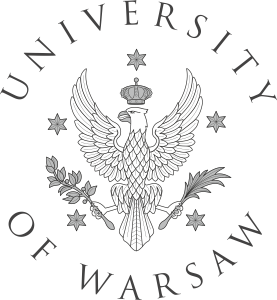The Centre of New Technologies invites to a webinar by
prof. Krzysztof Woźniak, Tomasz Góral, PhD,
Centre of New Technologies, University of Warsaw
Title: Cryomicroscopy and Electron Diffraction Core Facility at CeNT UW
Date: 26th March 2021 (Friday)
Time: 12:00 pm (Central European Time)
Host: prof. Joanna Trylska
Virtual seminar: https://us02web.zoom.us/j/88617105727
Meeting ID: 886 1710 5727
To subscribe to receive announcements about CeNT UW seminars or to unsubscribe please click here
CeNT-UW-Webinars-instruction-for-attendees
Abstract:
CryoEM (cryo-electron microscopy) is a Nobel Prize-winning technique that revolutionised structural biology, accelerating progress in medicine, pharmacy, biology and biochemistry. This versatile method involves vitrification of samples in their native state by plunge freezing followed by imaging with a high-end transmission electron microscope (TEM) under cryogenic conditions. Since the „resolution revolution” (~2013), major breakthroughs in hardware and software such as more sensitive cameras and sophisticated data processing algorithms have transformed EM images into high-resolution molecular structures. Modern CryoEM microscopes equipped with the newest energy filters can yield atomic-level structures even close to 1 Å resolution (Nakane et al., 2020), often published in top journals such as Nature or Science.
In 2019 the University of Warsaw purchased and installed one of the first fully dedicated Cryo-TEM instruments in the country: 200kV Glacios (Thermo Fisher Scientific), located at CeNT UW in the Cryomicroscopy and Electron Diffraction Core Facility. The instrument is equipped with an autoloader holding up to 12 grids, a CCD Ceta16M camera, a direct electron detector camera Falcon3EC and a phase plate for contrast improvement. Such configuration allows currently for two major cryoEM modalities i.e. single particle analysis (SPA) and cryo-tomography (CryoET).
In this webinar we introduce the Cryomicroscopy and Electron Diffraction Core Facility at CeNT UW and discuss its current research possibilities. We also show our plans for further development including upgrade to micro electron diffraction (microED) together with a dedicated infrastructure for cryoEM data storage and processing.

